What is UltraLocker?
UltraLocker is a CryptoWire based ransomware type of virus. If you carelessly open email attachments from unknown senders you might end up infecting your computer. If you do, it will encrypt your files and then ask you to pay to get them back. UltraLocker is a relatively new ransomware so no decryption tool has been developed by malware researchers. This means that when the developers claim that the only way to decrypt the files would be to buy the key from them, they are right. That does not mean you should pay, however. Oftentimes, when victims pay a ransom to developers, they get nothing in return. Not only do they not gain access to their files, but they also end up wasting money. Instead, we suggest you delete UltraLocker. If you have backup, remove UltraLocker and then restore the files from your backup.

Why is UltraLocker so dangerous?
It’s very important that you become familiar with how ransomware spreads. The most common way is via spam email attachments. Developers attach an infected file to an email and send it to thousands of users. Usually, those emails remain unopened but there are those users who are not aware that by opening an infected attachment, they could infect their computer with ransomware. When dealing with emails from unknown users, be careful and double check the contents and the sender before you open the file. You could cause irreversible damage if you are not careful. Fake software downloads might also infect your computer with malware. Only trust official websites with downloads/updates. And if you must user Torrents, at least make sure you downloading what you intended to, and not ransomware.
UltraLocker will start encrypting your files as soon as it enters your computer. It uses AES-256 encryption algorithm and adds the .locked file extension. When the process is complete, it will launch a window displaying a ransom note. The note explains that your files have been encrypted and that you need to pay $1000 in Bitcoins. Once you transfer the Bitcoins to the provided address, you are asked to email the developers using the wambeng.watson@gmail.com address. Using Gmail is rather usual, which could indicate that this is the first project from these cyber criminals. $1000 is quite a lot of money and it does not guarantee file decryption. Seeing as you would be paying the same people who encrypted your files in the first place, there’s probably little chance they would actually decrypt the files. This is why it’s recommend that you remove UltraLocker from your computer.
UltraLocker removal
Manual UltraLocker removal could be quite complex and you could end up damaging your computer if you attempt it. This is why you should use anti-malware software to delete UltraLocker. If you are having trouble, refer to the guide below this article to help you erase UltraLocker.
Offers
Download Removal Toolto scan for UltraLockerUse our recommended removal tool to scan for UltraLocker. Trial version of provides detection of computer threats like UltraLocker and assists in its removal for FREE. You can delete detected registry entries, files and processes yourself or purchase a full version.
More information about SpyWarrior and Uninstall Instructions. Please review SpyWarrior EULA and Privacy Policy. SpyWarrior scanner is free. If it detects a malware, purchase its full version to remove it.

WiperSoft Review Details WiperSoft (www.wipersoft.com) is a security tool that provides real-time security from potential threats. Nowadays, many users tend to download free software from the Intern ...
Download|more


Is MacKeeper a virus? MacKeeper is not a virus, nor is it a scam. While there are various opinions about the program on the Internet, a lot of the people who so notoriously hate the program have neve ...
Download|more


While the creators of MalwareBytes anti-malware have not been in this business for long time, they make up for it with their enthusiastic approach. Statistic from such websites like CNET shows that th ...
Download|more
Quick Menu
Step 1. Delete UltraLocker using Safe Mode with Networking.
Remove UltraLocker from Windows 7/Windows Vista/Windows XP
- Click on Start and select Shutdown.
- Choose Restart and click OK.

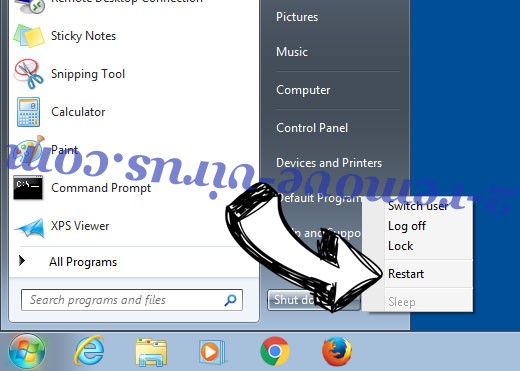
- Start tapping F8 when your PC starts loading.
- Under Advanced Boot Options, choose Safe Mode with Networking.

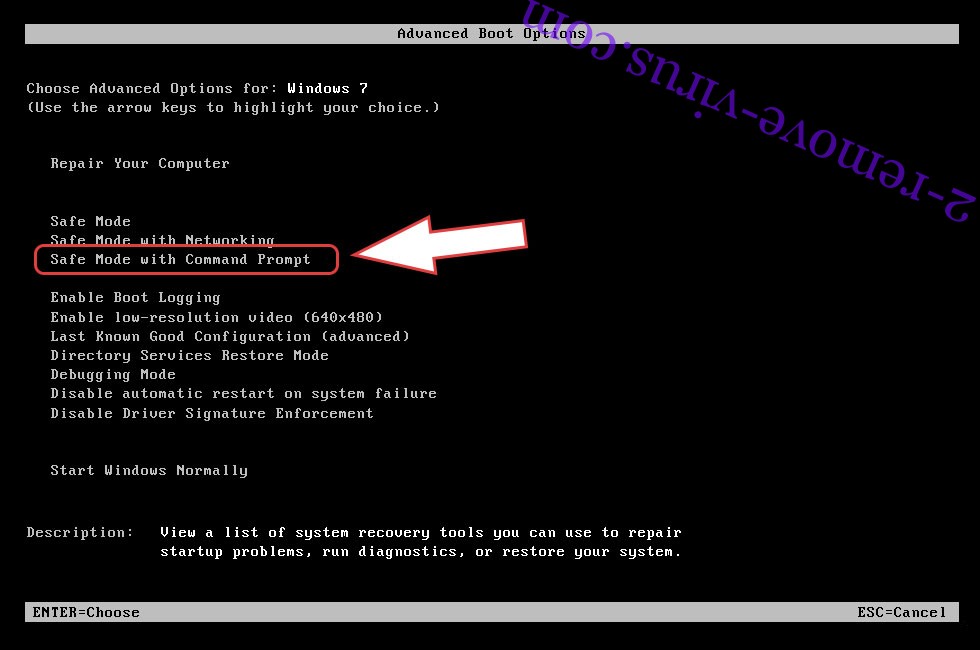
- Open your browser and download the anti-malware utility.
- Use the utility to remove UltraLocker
Remove UltraLocker from Windows 8/Windows 10
- On the Windows login screen, press the Power button.
- Tap and hold Shift and select Restart.

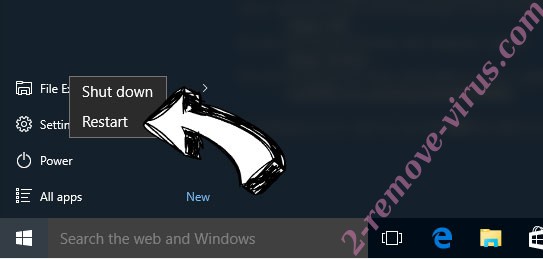
- Go to Troubleshoot → Advanced options → Start Settings.
- Choose Enable Safe Mode or Safe Mode with Networking under Startup Settings.

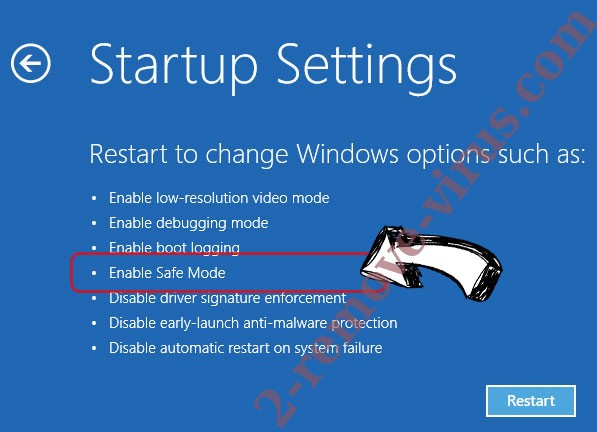
- Click Restart.
- Open your web browser and download the malware remover.
- Use the software to delete UltraLocker
Step 2. Restore Your Files using System Restore
Delete UltraLocker from Windows 7/Windows Vista/Windows XP
- Click Start and choose Shutdown.
- Select Restart and OK


- When your PC starts loading, press F8 repeatedly to open Advanced Boot Options
- Choose Command Prompt from the list.

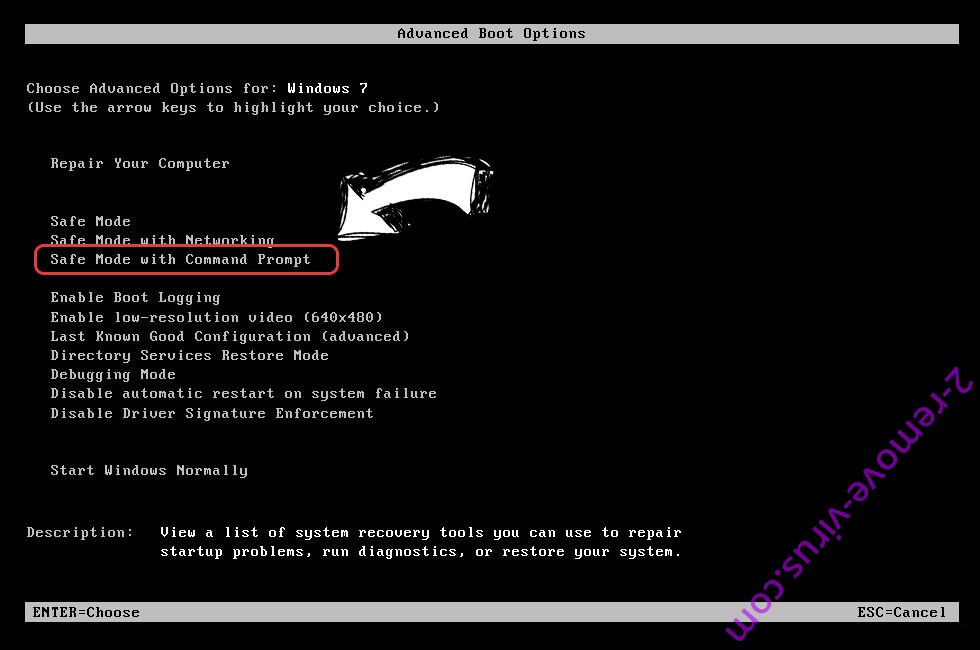
- Type in cd restore and tap Enter.

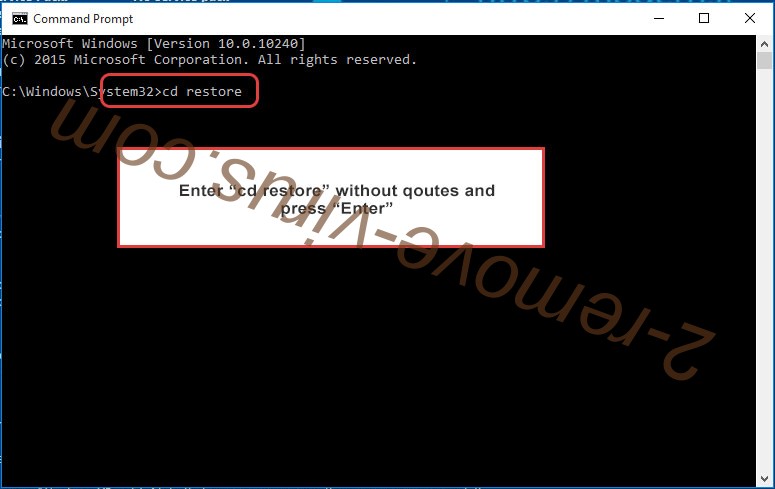
- Type in rstrui.exe and press Enter.

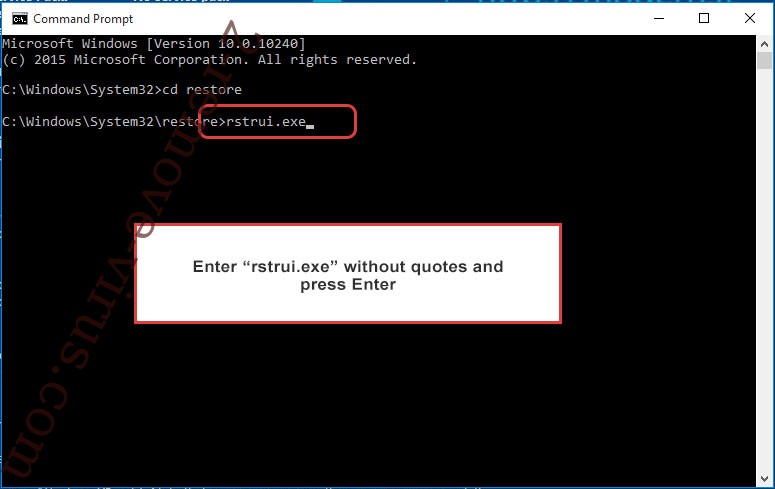
- Click Next in the new window and select the restore point prior to the infection.

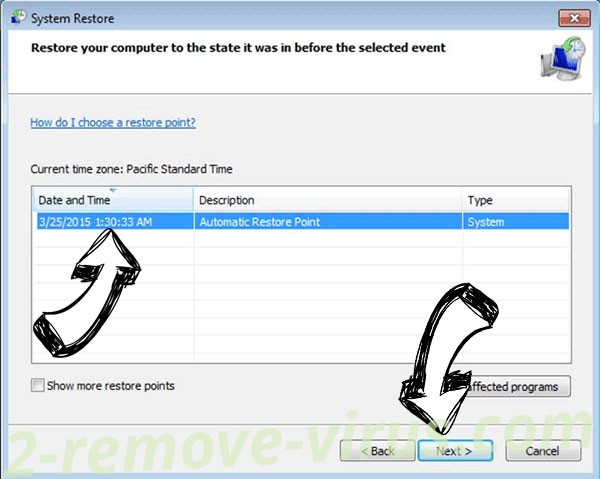
- Click Next again and click Yes to begin the system restore.

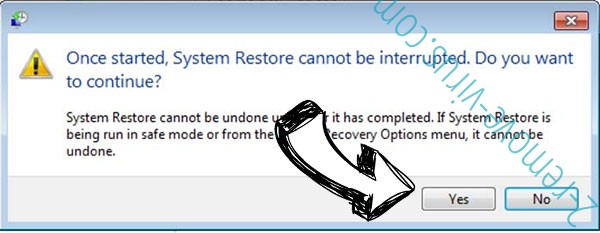
Delete UltraLocker from Windows 8/Windows 10
- Click the Power button on the Windows login screen.
- Press and hold Shift and click Restart.


- Choose Troubleshoot and go to Advanced options.
- Select Command Prompt and click Restart.

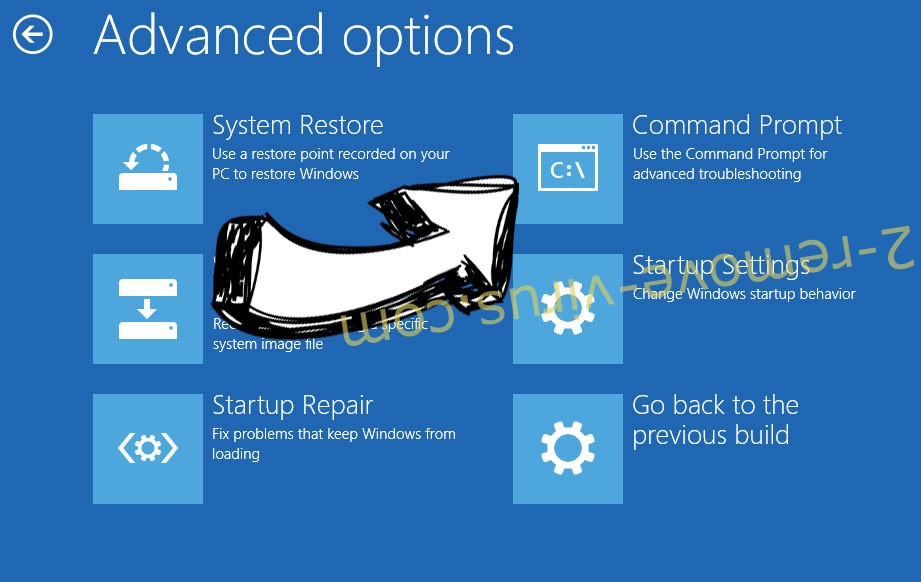
- In Command Prompt, input cd restore and tap Enter.


- Type in rstrui.exe and tap Enter again.


- Click Next in the new System Restore window.

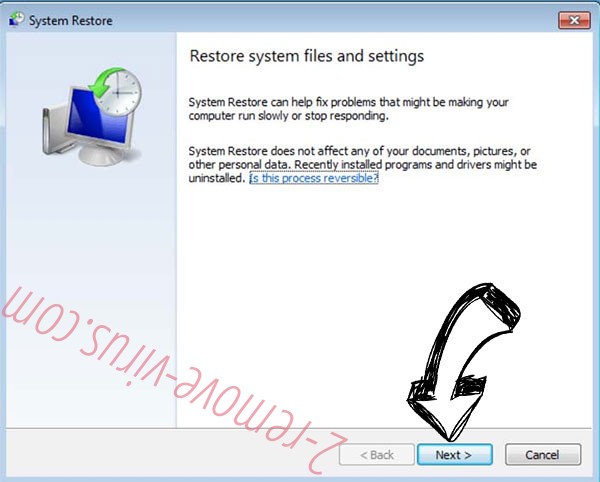
- Choose the restore point prior to the infection.


- Click Next and then click Yes to restore your system.


Site Disclaimer
2-remove-virus.com is not sponsored, owned, affiliated, or linked to malware developers or distributors that are referenced in this article. The article does not promote or endorse any type of malware. We aim at providing useful information that will help computer users to detect and eliminate the unwanted malicious programs from their computers. This can be done manually by following the instructions presented in the article or automatically by implementing the suggested anti-malware tools.
The article is only meant to be used for educational purposes. If you follow the instructions given in the article, you agree to be contracted by the disclaimer. We do not guarantee that the artcile will present you with a solution that removes the malign threats completely. Malware changes constantly, which is why, in some cases, it may be difficult to clean the computer fully by using only the manual removal instructions.
